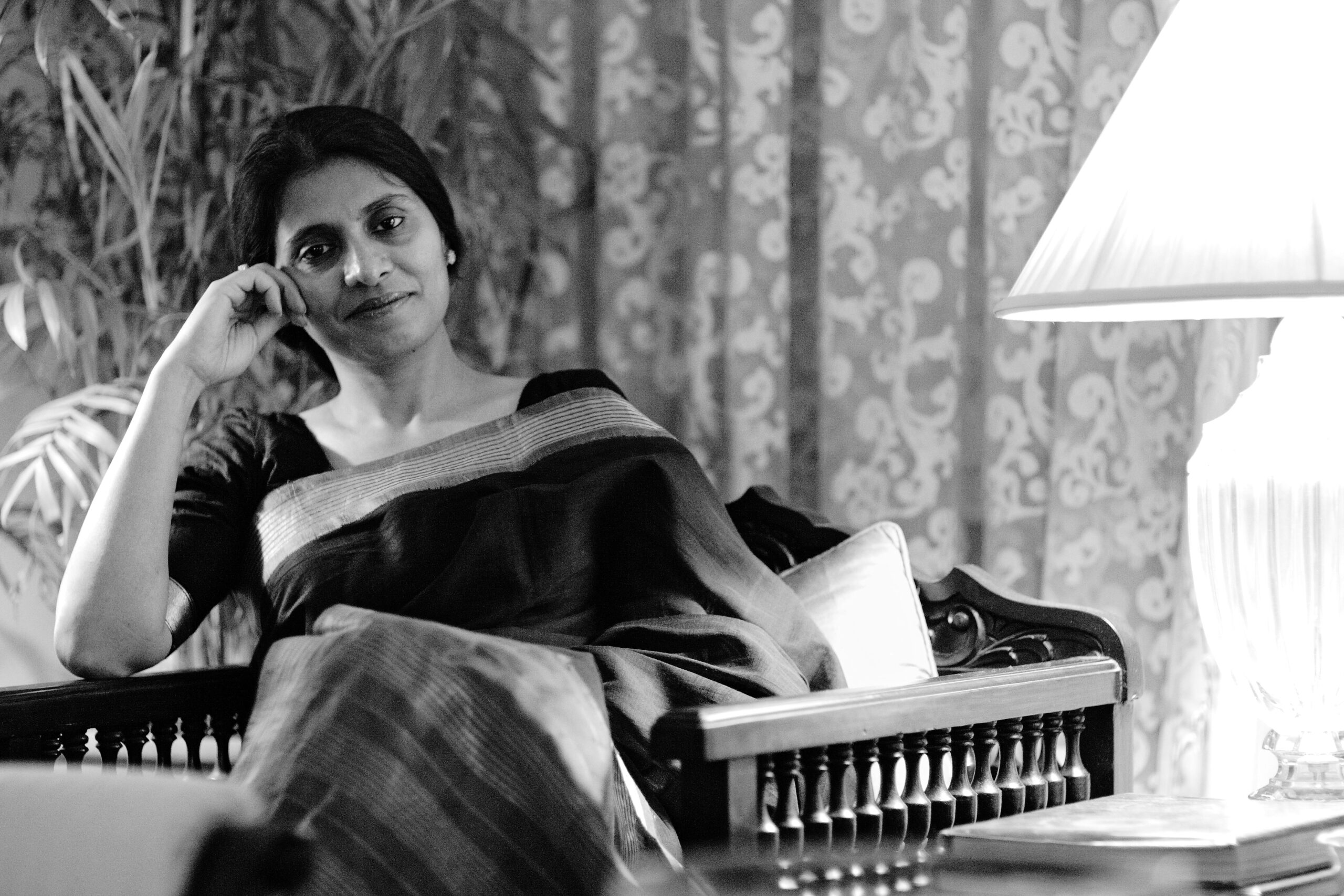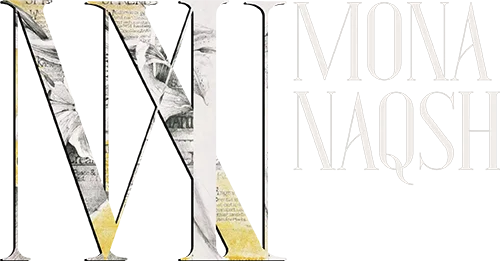Article
Mona Naqsh by Durriya Kazi, Karachi 2022
admin@monanaqsh
January 21, 2025

Hortus conclusus is a Latin term, meaning literally “enclosed garden”. Once associated with
depictions of the Virgin Mary, often surrounded with white lilies symbolizing purity, it is a
device to contain and protects the innocent. It evolved into the 19th century floral-feminine
genre of painting where women were painted in gardens or interiors surrounded with flowers.
Flowers became a symbol of the feminine, as innocence and purity, to be protected.
Mona Naqsh creates her own hortus conclusus with a harvest of flowers contained in glistening
crystal or beautifully decorated porcelain vases. The wild exterior is brought to the ordered
interior where the artist studies the forms, transparencies, overlapping of colours, of flowers
reaching out from rigid stems and enveloped by leaves. Inevitably painting to the strains of
sitar music, the artist’s still life paintings are anything but still.
Mona Naqsh grew up with a legendary artist, her father Jamil Naqsh, in a home filled with
beautiful objects, visiting artists, paintings coming down from his, out of bounds, third floor
studio ready for the framer. Mona would quietly absorb the aesthetic, trying her hand at
drawing and painting, until her father noticed her interest and placed a bunch of bougainvillea
flowers in a vase for her to paint.
She remembers his instructions to observe each form carefully, to not get caught up in the
subject matter but work with the forms, lines and colours. It started a journey seemingly
without an end, as each arrangement flowers is anything but repetitive to the artist’s eye,
pulling her further and further into its tangle of possibilities that call out for an aesthetic
unravelling. Despite growing up under the shade of a gigantic tree, Mona has developed her
own aesthetic language and presence in the art world.
The works presented in this exhibition span a five year period, two of which were spent in
Covid lockdowns, and the devastating death if her father in 2019. There is a marked departure
from the earlier celebratory works .While some compositions are in the familiar lyrical style,
such as “Seamless Elegance” and a “Moment of Serenity” in others there is an almost
suffocating crushing of images crammed into containers that seem too small to contain the
artist’s emotions.
Although the artist insists there is no story to tell, and she is simply driven by exploring the
forms of her compositions, the Reverence series, which are a homage to her father, have an
overwhelming sense of loss, and almost audible memories, a piling of fragmented images of her
father’s fingers, hands, his signature pigeons and worn out newspapers that fit uneasily in
overfilled containers. A painful drawing has a pigeon stepping out of a nailed up drawing to
perch on her father’s hand, beneath which is a pile of crushed leaves , thorns and feathers.
Mona Naqsh recalls her lockdown days during which the only outdoor visit was to the roof of
her house where she watched the sun rise or set, an intense experience which, along with her
reading of The Secret Wisdom of Nature by Peter Wholleben, brought new elements into her
art . He writes “Nature is like the mechanism in an enormous clock. Everything is neatly
arranged and interconnected like a clock” A statement that resonated with Mona, who says
“Monotony and Mathematics have a strong relationship in nature. The former authenticates
reassurance while the latter substantiates balance.”
Like seeing images in the clouds, she began to incorporate birds and fish to celebrate the
interconnectedness of plants with the rest of nature. The images are fused one upon the other,
playing upon the visible and invisible in an almost gothic imagery.
Mona Naqsh’s mastery of line and texture carries the emotion of each image – delicately built
up darks and lights, and colour added with the same lightness of touch. A restrained use of
colour pulls out elements of her drawings, directing the eye to move between foreground and
background. In “Embrace ii”, an uncharacteristic splash of sienna adds to the chaotic emotion
of the almost violently fragmented leaves and feathers crowded into a passive crystal vase.
In “Reverence iv”, flowers, leaves and zoomorphic forms are trapped in the embrace of jagged
thorny twigs, the disruption highlighted by a displaced band of drawing. The drawing titled
“Reverence” has a terrible sadness as a pigeon, perhaps representing Jamil Naqsh, looks on at a
mournful pigeon trapped in a transparent vase crammed with flowers and hints of other
formless creatures.
There is a reserve and mystery in Mona Naqsh’s meticulously composed works, balanced
between strength and fragility, sobriety and exuberance, much like the artist herself.
Despite the pathos in many of the images, the artist’s device of light emanating from within
each composition leaves a sense of spiritual healing that speaks to the ultimate endurance of
the human spirit.
Durriya Kazi
Karachi 2022
